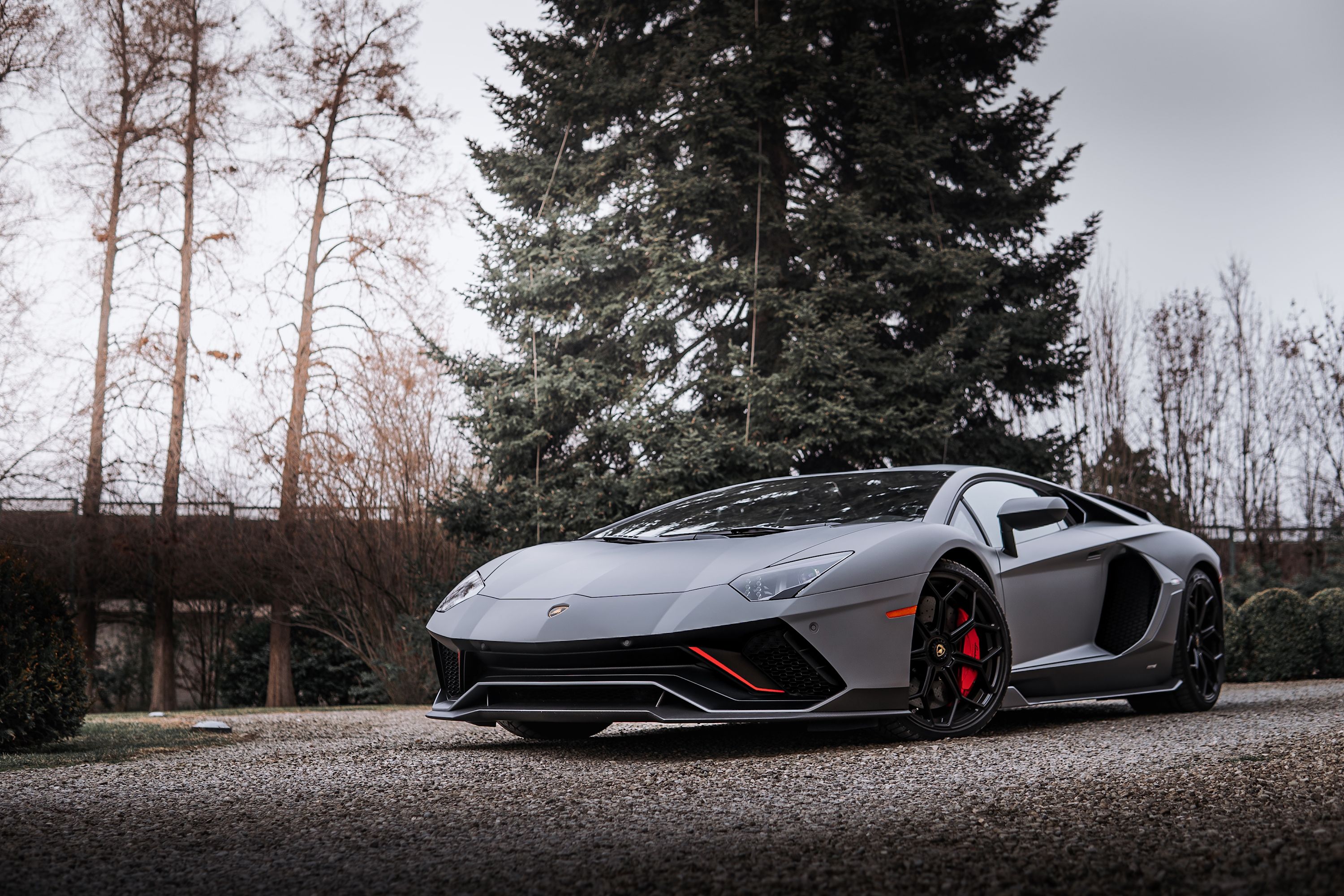
The naturally aspirated V12 engine has been a constant for Lamborghini since day one. For better or worse that engine technology is on its way out and Lamborghini CEO Stephan Winkelmann understands this. The Lamborghini Aventador Ultimae debuted earlier this month, representing a grand finale of sorts. So, what's next?
Autocar spoke to Winkelmann about the firm's next flagship and other interesting tidbits, like the possibility of using synthetic fuel. Due to arrive for 2023, the still-unnamed Aventador successor will retain the naturally aspirated V12, though it'll be an all-new engine paired to a plug-in hybrid system. We've known this for a while now. But why not use supercapacitors instead, like with the Sian?
Because this "is a bridge technology which does not fulfill the needs we have for the future to reduce emissions," he said. The aim is to reduce emissions by up to 50 percent by 2025 and a "capacitor would not be able to achieve this." What about the V10? "It's a bit early to talk about it because this will happen in 2024."
The Huracan will be a decade old by then and Winkelmann seems to be hinting its successor is three years away. It'll be electrified since the entire lineup will be hybridized by then.
Winkelmann also wouldn't rule out a hybrid V6 setup, similar to the new Ferrari 296 GTB, though it'd never be used for the flagship model. "We will always have engines which surprise our fans and customers positively."
As for the Urus, the next step is to hybridize it, and "then we'll see if synthetic fuels give an opportunity to continue to work with combustion engines." However, synthetic fuels won't keep the NA V12 alive; hybridization will. The CEO also envisions the long-rumored fourth model - Lamborghini's first all-electric model - will arrive by the end of the decade. It won't be a supercar or an SUV but it'll have a 2+2 arrangement. A reborn Espada, perhaps?
But the big question is how will an electric Lamborghini affect the brand? "We have to divide the brand into two types of car: for the super-sports cars like the Huracan and Aventador, we want to keep the internal combustion engines alive as long as we can, and on the daily driver side, with the Urus and the new fourth model we have to do an outstanding job - like we have with the Urus, which on first sight is not a Lamborghini to those who are used to looking at the Huracan and Aventador."
